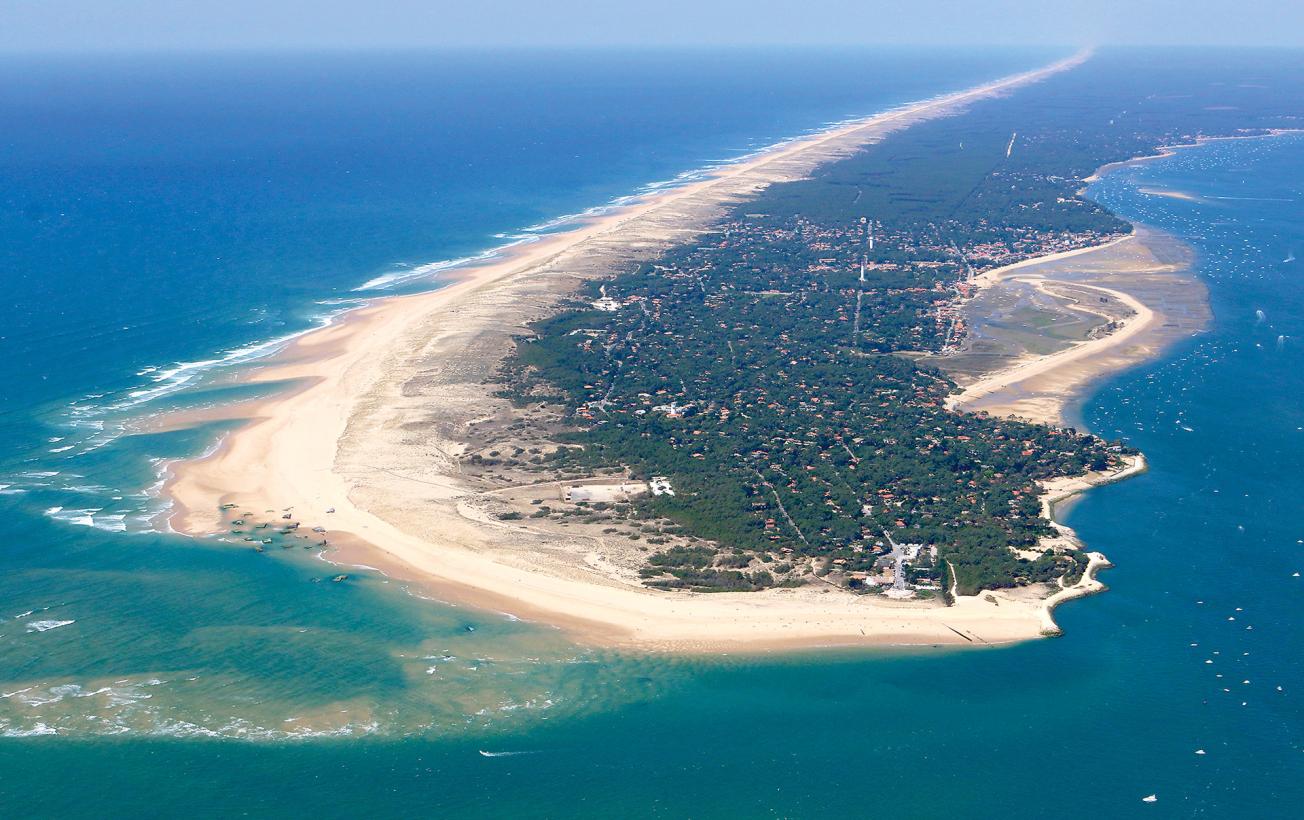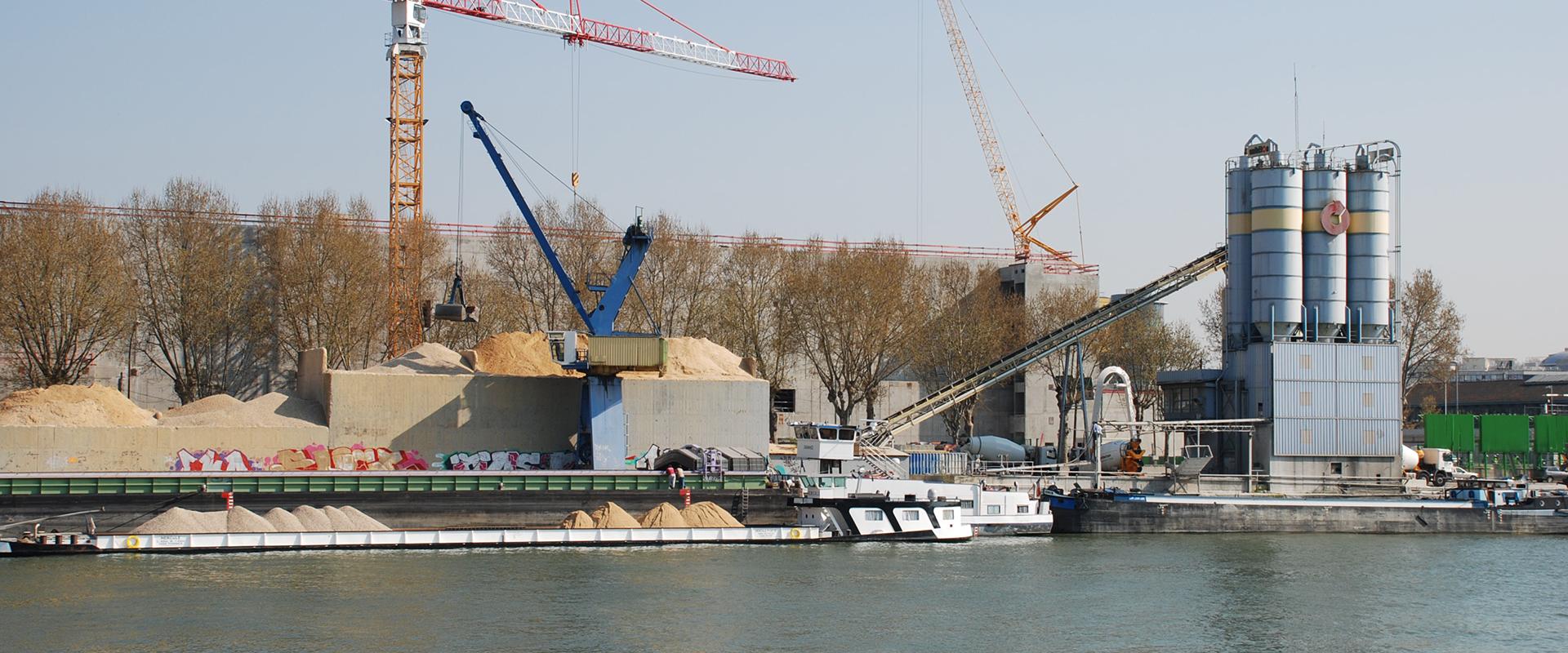
The sandy peninsula of Cap Ferret will have to adapt continuously to the changes caused by rising and variable sea levels.
© Observatoire de la Côte Aquitaine - Olivier Chaldebas
Our collective imagination inevitably associates sand with seaside holidays, but it is a highly sought-after resource in many other sectors besides tourism. It is the second most heavily used mineral resource after water.
Sand is the product of weathering of the parent rock by mainly meteoric agencies - water, wind and frost and thaw cycles - so that its nature depends on its source: there are as many kinds of sand as there are rocks on our planet. It is characterised by three criteria applying to sand grains: their nature (mineral or organic), their shape (morphoscopy) and their size. The latter two depend on how the sand was transported and for how long by wind and water, which may be rainwater, river water or seawater.
Although we may not realise it, sand is everywhere in our daily lives, and particularly in concrete, which consumes the greatest quantities. However, the extraction and use of sand have significant environmental, economic, social and cultural impacts.







